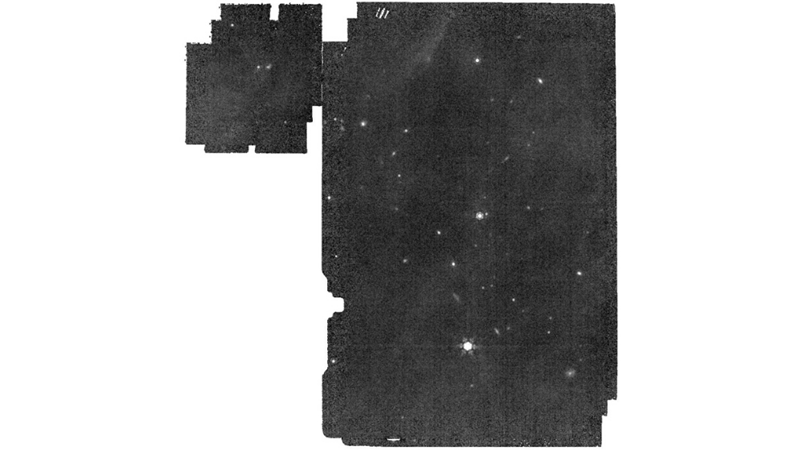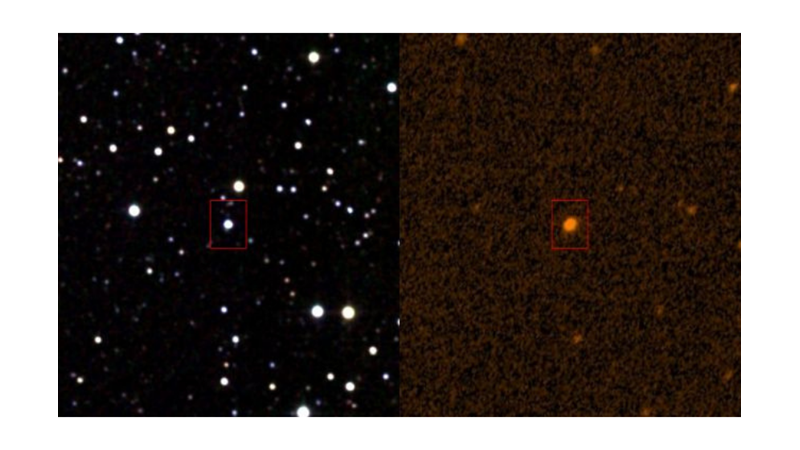The strange behaviour of one of the most mysterious stars in the Milky Way may soon have an explanation.
Boyajian's Star, or KIC 8462852 less formally known as Tabby's Star, is a yellow-white glow about 1,470 light-years away, and its strange short-term brightness fluctuations and long-term changes have so far defied scientists' attempts at explanation.
There are several candidates for what is going on, but progress has stalled because there is no more detailed information. However, we won't have to wait much longer.
A team led by astronomer Massimo Stiavelli of the Space Telescope Science Institute (STScI) has made observations of the Boyajian Star using the James Webb Space Telescope and is trying to decipher them.
"KIC 8462852 (Boyajian's Star) exhibits an extraordinary light curve that shows both deep 'plunge' events and long-term variations," the team wrote in their proposal.
"We propose observing this object in the wavelength range from 1.7 to 25 microns to quantify the thermal emission from circumstellar material that causes the observed light curve variations."
Named after Tabetha Boyajian, the Louisiana State University astrophysicist who led the paper announcing the discovery of its strangeness, the Boyajian Star has been an enigma since 2015. Since its discovery, it has been observed to dim many times to 22 per cent of its normal brightness. And records show it has done so repeatedly for years.
Scientists know the phenomena that can cause a star's light to dim. The most obvious example is an orbiting exoplanet. But exoplanets cause periodic dips in starlight, and these dips usually block the same small percentage of light each time. Boyajian's Star dims irregularly, at different depths, and there is no discernible pattern in the timing of the dips.
A one-time fall could be an occultation or a random thing that happens between us and the star. But that's not what we see with Boyajian's Star. In fact, the record shows that it went through some significant periods of brightness. It really is a freak (though perhaps not the only one of its kind).
Explanations for the star's fading range from the relatively simple orbital clouds of dust or debris to the "alien megastructure" hypothesis that catapulted Boyajian's Star to earthly fame. This hypothesis has since been eliminated, but this has not brought us any closer to an answer.
The fact that infrared wavelengths of light dim more easily than ultraviolet bands suggests that it was not a solid object that caused the dips.
Options include swarms of comets, debris from a fragmented exoplanet that got too close to the star, debris from a fragmented exomoon, some kind of strange internal ripples (Betelgeuse, anyone? OK, a different kind of star, but still not impossible!) and an irregular dust cloud.
It is also possible that something is happening that we haven't thought of yet! Stiavelli and colleagues hope that observations of JWST collected with NIRSpec and MIRI in the near and mid-infrared will help narrow this down. Especially since infrared wavelengths penetrate dust more effectively than shorter wavelengths, and JWST is a powerful infrared telescope.
"The first goal of these observations is to discriminate between competing models of the star's behaviour: a detection would confirm the circumstellar nature of the occult material; a non-detection would be highly restrictive and motivate further development of alternative models for the star's light curve, such as dense knots of material in the interstellar medium or an intervening cold disc of a dark object such as a black hole," they write in their proposal.
"The second goal of these observations is to determine the temperature and brightness of the dust around the star to better understand this remarkable object in case of a detection."
We don't have any other answers yet as the researchers are probably working hard to analyse the new spectra and work out what they mean but with the programme marked as complete, hopefully it won't be long now.
Source: https://www.sciencealert.com/


 Nielawore
Nielawore











Yorum yazmak için lütfen giriş yapınız